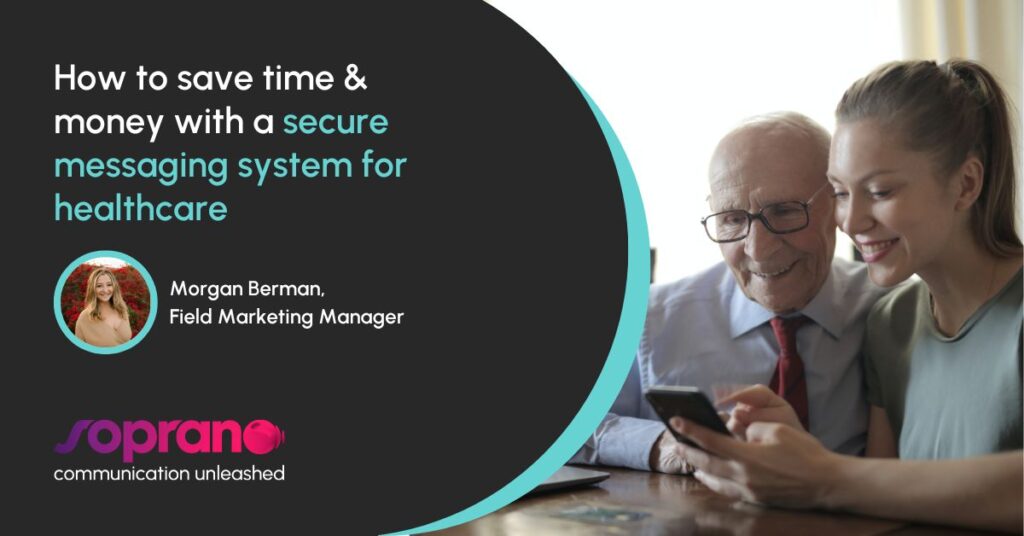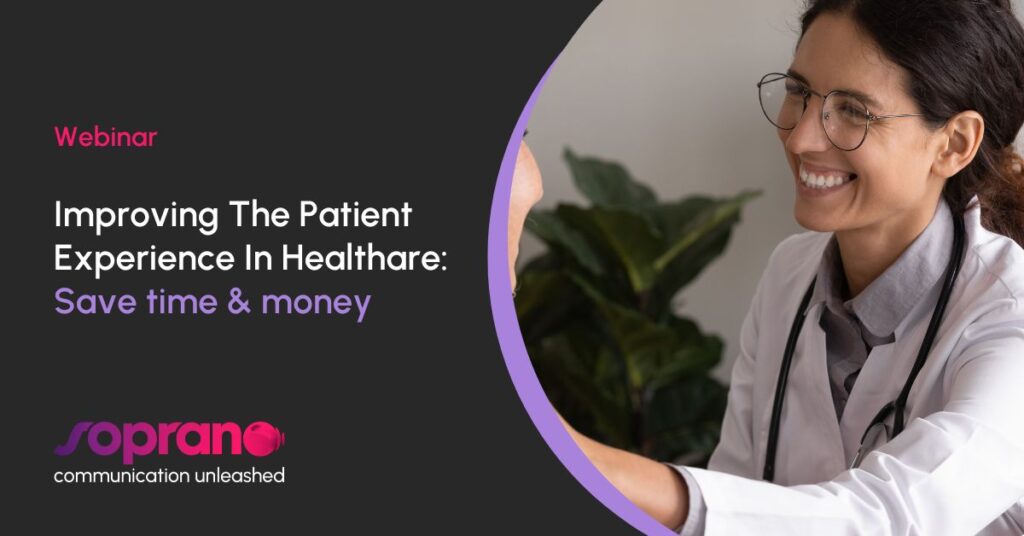
Doctors spend 3-4 hours daily in the EHR systems. Most healthcare organizations believe this is the only way to maintain privacy and communicate with the patients but let me tell you, that’s not true. With a secure messaging system for healthcare, you can save time and money while keeping your patients informed and their security intact.
Most hospitals need their doctors to spend time calling, emailing or updating patients on their health records or diagnosis to protect their patient’s privacy and follow HIPPA privacy laws.
Hospitals need to realize that their doctors spend time on administrative tasks instead of meeting with more patients. The result? Loss of revenue to the hospital and doctors’ accessibility to their patients.
Why is a secure messaging system for healthcare crucial?
Minor changes to your communication strategy can protect privacy while allowing doctors to delegate tasks to admin teams, like messaging patients with their medical results or sending automated appointment reminders.
By not using a communication platform, doctors’ hours are being misused. On average, doctors spend 49% of their time doing paperwork. Spending that time within the EHR system means that missed revenue is $15,000 a month or $180k a year.
The cost of this time is just as high as the effects it has on the doctor to overextend themselves to make time to see their patients. Those 4 hours will also consist of a game of telephone tag by the doctor attempting to call a patient while it’s been reported that 70% of patients say they will not answer a phone call meaning this is a complete waste of time.
Your patients prefer a secure messaging syste
For most healthcare organizations, delivering a good patient experience is now one of their top priorities. According to Deloitte, 88% of digital investments today in healthcare are for improving the patient experience.
But suppose you aren’t currently using a messaging platform to communicate with patients to keep them informed and their privacy intact. In that case, you are falling behind and potentially creating a poor patient experience.
Patients want to communicate with healthcare organizations as they prefer to interact in other areas of their life via text. According to our recent Healthcare Playbook, 80% of patients want to use their smartphones to interact with healthcare providers. Taking time away to call doctors back wastes time for patients and doctors. In the US, communication problems cost hospitals 12 billion dollars annually.
To solve that, hospitals and healthcare organizations should start communicating with their patients through the mobile channels they use most, like SMS or WhatsApp.
The adoption of mobile messaging in healthcare has great benefits, from coordinating staff communication better to improving emergency response and reducing missed appointments.
Why is CPaaS the best option for secure healthcare communication?
Soprano CPaaS is a secure messaging system for healthcare organizations. It allows you to interact with your patients and staff through different mobile channels while keeping your privacy and data safe. What’s best: there’s no need for high development or team training from your side.
We can help you with fraud protection and SPAM compliance rules and regulations to ensure your patient experience and lists stay positive.
At Soprano, we offer solutions like content masking or user visibility controls to communicate better with patients. Content masking allows office administrators to send out messages to patients without seeing their private information.
Your information will be hidden to follow HIPPA privacy laws, removing the doctor’s need to be involved in all communications. Our user visibility controls are used to control who can see what is within the message system, and it can prevent lower-office admins from accidentally accessing private information.
Healthcare webinar: How to save time & money with a secure messaging system for healthcare
Register now for our new webinar with Healthcare Innovation about how to save time and money by implementing a communication strategy that benefits you and your patients.
Click the image to watch the webinar!

